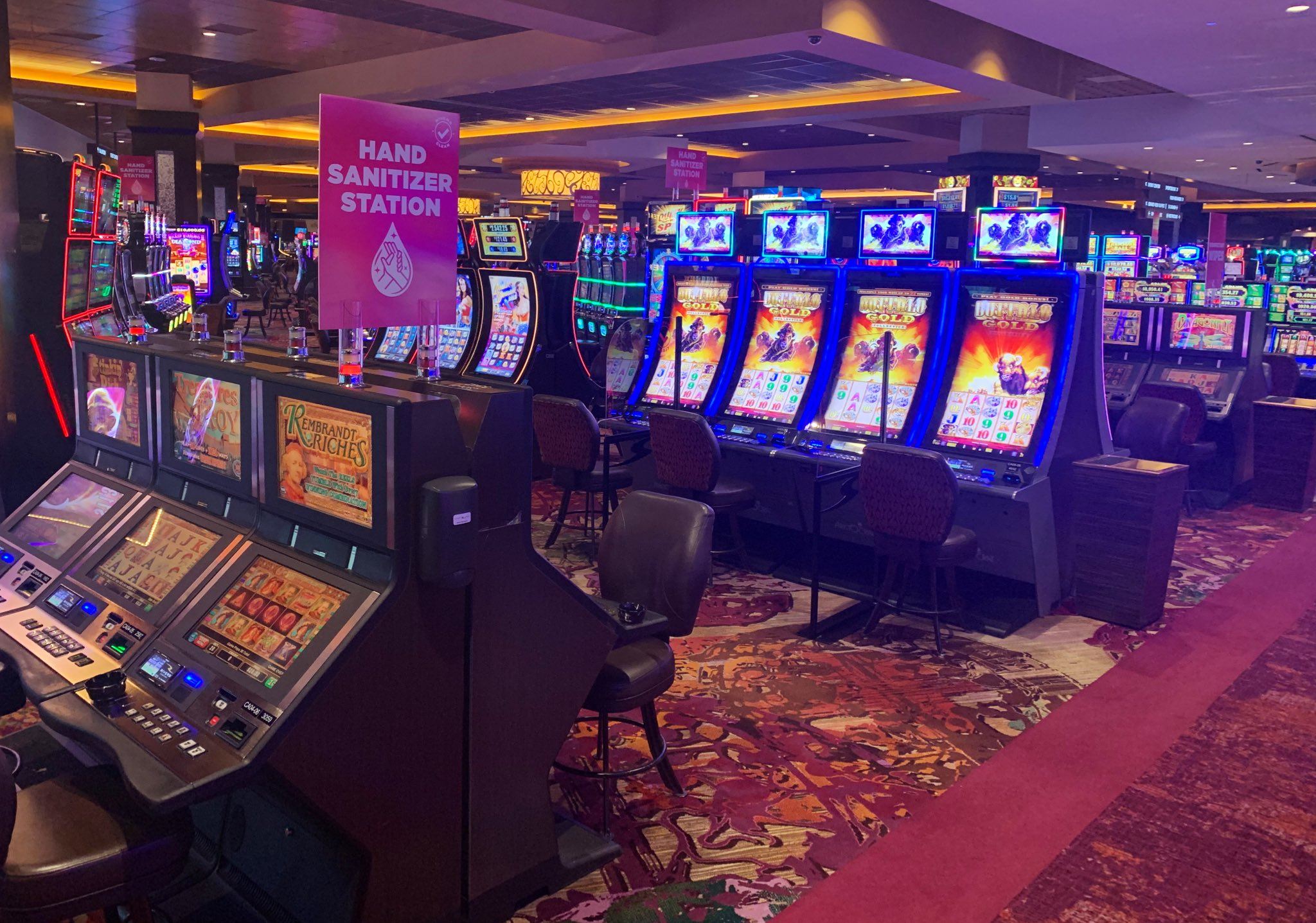
Beneath these shimmering illuminations plus those enticing sounds of spinning wheels lies a vibrant realm in which creativity meets mathematics: the creation of games of chance. While players flock to gaming establishments seeking thrills plus the possibility of striking it rich big, a huge amount of work takes form behind closed doors to create these games for their enjoyment. From the initial concept to the final product that players engage with, numerous elements are brought together to ensure an captivating play experience.
Designers, technicians, plus game creators collaborate to combine innovative technology with engaging gameplay mechanics. Each aspect, from visuals plus sound effects to probabilities and returns, is meticulously crafted to attract players plus keep them entertained. Understanding the intricate process of how casino games are made reveals not only the technical expertise involved but also the creative vision that transforms these engaging experiences to life.
Game Development Workflow
The design workflow begins with idea generation and conceptualization, where creators develop ideas for new casino games. This initial phase often includes identifying potential audiences and understanding market trends. Designers consider factors such as game mechanics, themes, and payout structures to create an immersive experience. Collaboration between game designers, mathematicians, and artists is crucial to ensure a balanced concept.
Once a concept is selected, the next stage entails prototyping and testing. Designers build a working version of the game to evaluate its playability and mechanics. This facilitates adjustments and refinements based on feedback from testers. Iteration is vital, as designers may navigate multiple rounds of testing to fine-tune gameplay balance and user experience. This phase is crucial for identifying any potential issues before the game is finalized.
After testing, the game moves into development and production. This includes the technical aspects of coding the game software, integrating graphics, and ensuring compliance with gaming regulations. Quality assurance testing ensures that the game functions flawlessly across various platforms and devices. Once everything is refined, the game is prepared for launch, often accompanied by promotional tactics to attract players and generate excitement around the new casino offering.
Tech and Development
The evolution of gambling games has transformed significantly with advancements in tech. Contemporary game design often incorporates high-quality graphics, engaging sound effects, and engaging animations that deliver a captivating experience for gamers. Game developers use sophisticated software tools and programming languages to create these immersive gaming experiences. Additionally, the use of random number generators ensures equity and unpredictability in outcomes, which is crucial for maintaining player trust and compliance with gaming regulations.
In recent years, the growth of online casinos has expanded the limits of game development even further. Developers are now able to build games that cater to a worldwide audience, incorporating features such as live dealer options and virtual reality environments. This transition has encouraged new ideas, leading to unique game mechanics and formats that enhance player engagement. Mobile gaming has also become a significant focus, encouraging developers to optimize games for mobile phones and tablets, ensuring accessibility and ease of access for players on the go.
Collaboration among creators, visual artists, and math experts is essential in the creation process. Each team brings their expertise to make sure games are not only aesthetically pleasing but also mathematically sound and enjoyable. The integration of player feedback during testing phases allows developers to improve game features and functionalities, ultimately leading to a positive launch. As technology continues to advance, the potential for innovative game concepts and experiences is limitless, promising an thrilling future for casino games.
Evaluating and Quality Assurance
Once a gambling game has been designed, it moves into the critical phase of evaluation and quality control. This phase ensures that the game operates seamlessly and provides a fair experience for gamblers. Teams conduct comprehensive tests, including functionality checks to verify that all game features work as planned. Each element, from visuals to audio, is evaluated to ensure quality benchmarks are met.
In addition to functionality testing, the game experiences stringent compliance checks to meet compliance requirements. Various jurisdictions have specific regulations governing game fairness and player protection. Quality assurance teams will check that the random number generators are working correctly and that the game’s payout percentages correspond with industry standards. casino sicuri non AAMS This thorough examination helps establish trust with players and authorities alike.
Finally, beta testing may be conducted with actual users to obtain opinions on user experience. This critical insight allows developers to make necessary adjustments before the public launch. Resolving any possible issues identified during this phase helps ensure that gamblers will experience a fluent, engaging experience when the game goes live. The commitment to quality reflects the sector’s dedication to delivering enjoyable and dependable casino games.
